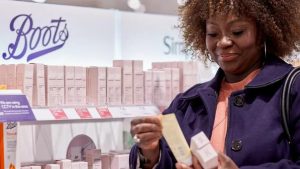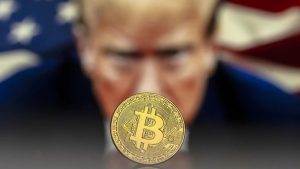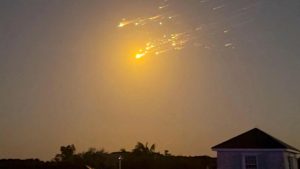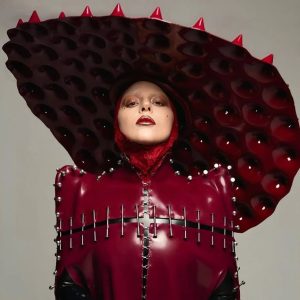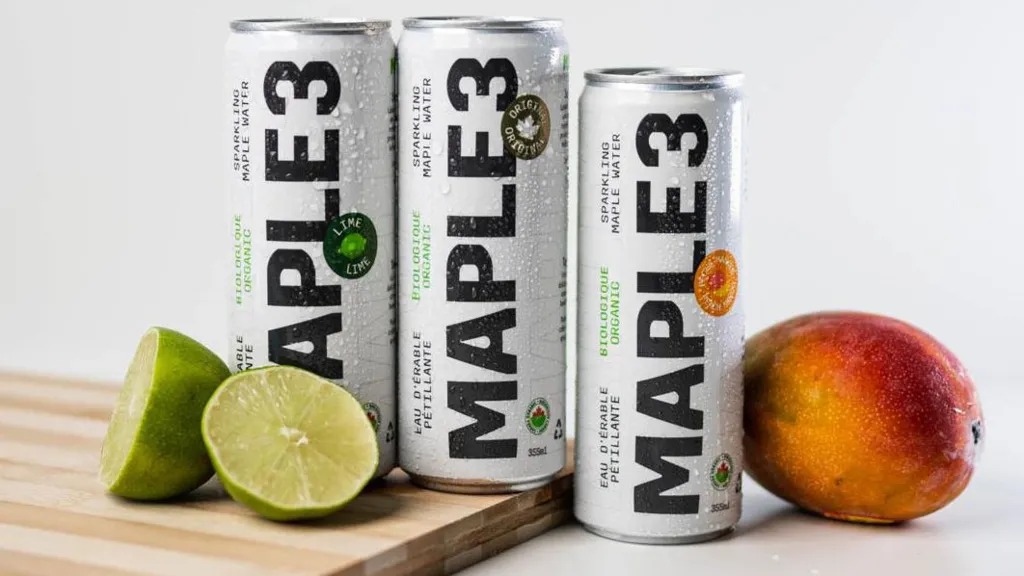
Maple Water Canada Eyes Soft Drink Crown
Maple water Canada is betting big on tree sap as the world’s next must-try drink. Unlike maple syrup—boiled sap turned thick and sweet—maple water, clear with 2% natural sugars, offers a subtle sip straight from the tree. Producers like Maple3 in Quebec City, launched by Yannick Leclerc and Stéphane Nolet in 2013, filter and pasteurize it for bottles and cartons. “It’s like drinking the wild Canadian forest,” Leclerc told the BBC on February 24, 2025, at 5:30 AM PST. With Canada dominating 80% of global maple syrup, its nascent maple water sector—centered in Quebec (90% of Canada’s syrup)—aims to steal coconut water’s $7.7 billion crown.
Maple3’s sales doubled since 2021, hitting 12 countries—France, Japan, South Korea— with 75% overseas, offering still and sparkling flavors like lime. A 2024 report pegs global maple water at $506 million, eyeing $2.6 billion by 2033—far from coconut water’s $22.9 billion forecast by 2029, but growing. Leclerc credits innovation: “Nobody thought to keep sap for hydration, not just syrup.” Dietician Beth Czerwony of Cleveland Clinic ties its rise to antioxidants aiding workout recovery, though a 2019 study found it no better than plain water for rehydration. Still, Maple Water Canada pushes its natural edge.
Maple Water Canada Faces Price Hurdles
Maple water Canada needs big soda backing to go mainstream, says Jeremy Kinsella of The Soda Pop Bros in Windsor, Ontario. At $3 a can versus Coke’s $1, price deters repeat buys—“They’ll try it, then go back,” he warns. John Tomory of Pefferlaw Creek Farms, supplying Sap Sucker’s flavored sparkling sap, agrees innovation like carbonation is key: “Plain sap hasn’t caught on.” Leclerc sees sparkling as the winner, offering flavor without soda’s downsides. For more, visit BBC or Kenkou Land.
Main Body: A Sweet Niche or Global Hit?
Today, February 24, 2025, at 5:30 AM PST, Maple Water Canada stirs a quiet revolution. Quebec’s Maple3, doubling profits since 2021, taps a niche—$506 million globally, dwarfed by syrup’s $1.7 billion and coconut water’s $7.7 billion. Leclerc’s vision—“more than local”—sells 75% abroad, with Sap Sucker’s grapefruit fizz joining the fray. Tapping trees for sap, filtered and pasteurized, yields a drink Czerwony praises for antioxidants, though science tempers hydration hype. Kinsella’s century-old soda lens sees a catch: sans big brands like Coke, maple water’s $3 tag stalls it against $1 giants.
Tomory’s farm, a decade in syrup, pivoted to sap four years ago, betting on flavors to spark interest—lime, lemon, orange. “Carbonation’s the trick,” he says, echoing Leclerc’s sparkling push. Canada’s 80% syrup dominance fuels this sap surge, but coconut water’s $22.9 billion horizon by 2029 looms large. At $2,641.41 per Ethereum coin today—crypto’s buzz aside—maple water’s $2.6 billion goal by 2033 feels modest yet bold. Will it crack soda’s grip, or stay a pricey novelty? Quebec’s forest whispers potential—global thirst decides.
